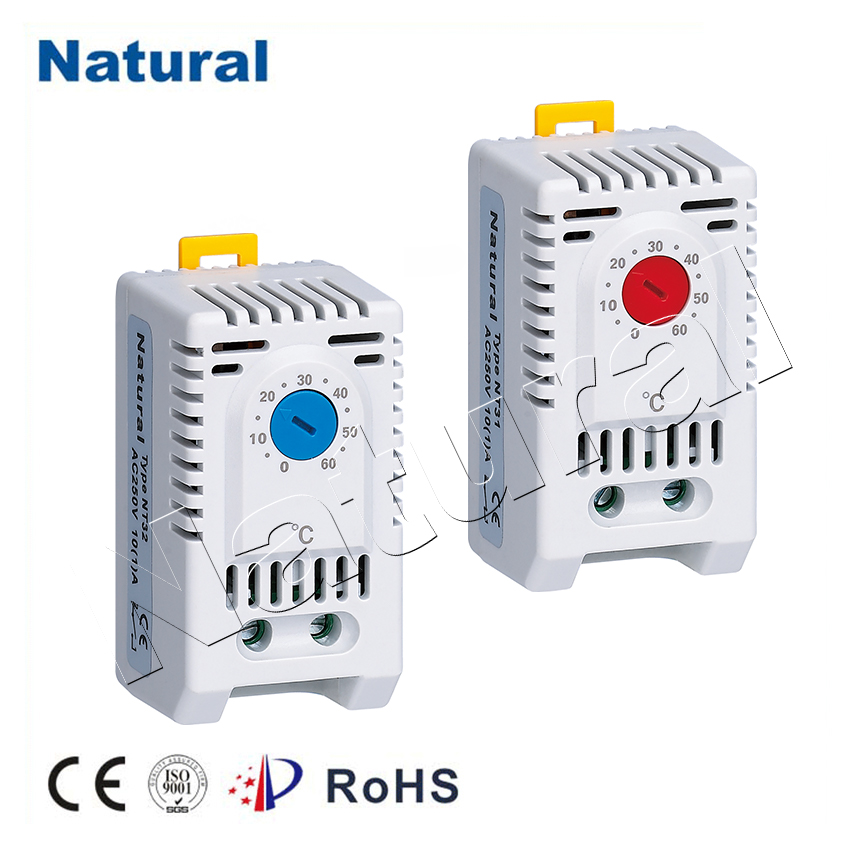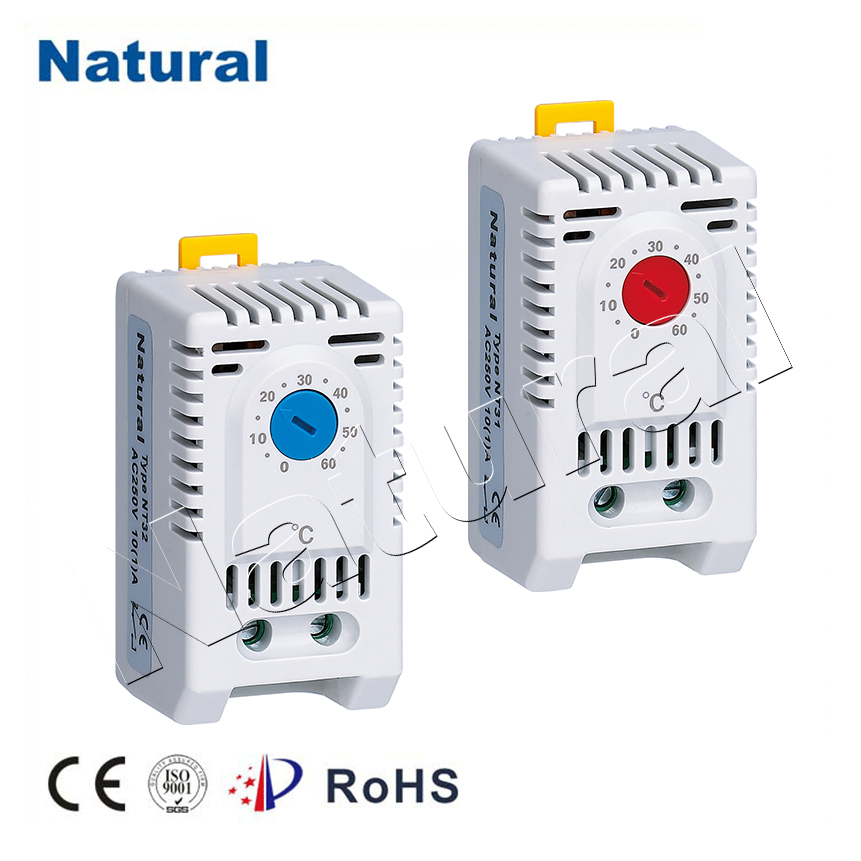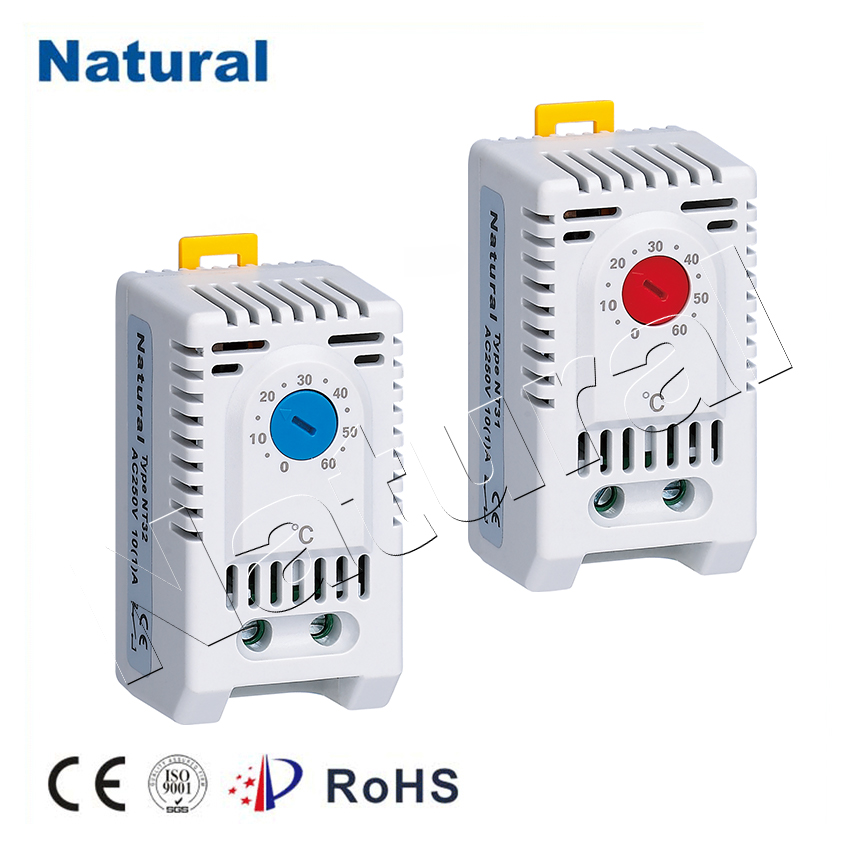In industrial environments, managing temperature is crucial for ensuring that processes run smoothly and efficiently. One of the most effective ways to control and regulate temperature is through the use of DIN rail temperature controllers. These devices offer a reliable and compact solution for temperature management in various applications, from HVAC systems to manufacturing processes. In this article, we will explore the function, benefits, and applications of DIN rail temperature controllers, as well as their key features and how they fit into modern industrial automation.

What is a DIN Rail Temperature Controller?

A DIN rail temperature controller is a specialized device designed to maintain a desired temperature within a specific range. The term “DIN rail” refers to the standardized mounting rail used for installing electrical components, such as temperature controllers, circuit breakers, and other automation devices. This rail system, often found in industrial control panels, ensures easy installation, neat organization, and safe operation of electrical components. DIN rail temperature controllers can regulate temperatures based on input from various sensors, typically thermocouples or RTDs (resistance temperature detectors). The controllers then adjust the output to control heating or cooling systems accordingly, such as activating heaters or fans, to maintain the target temperature. They are typically used in environments where space is limited, and there is a need for precise and reliable temperature regulation.
